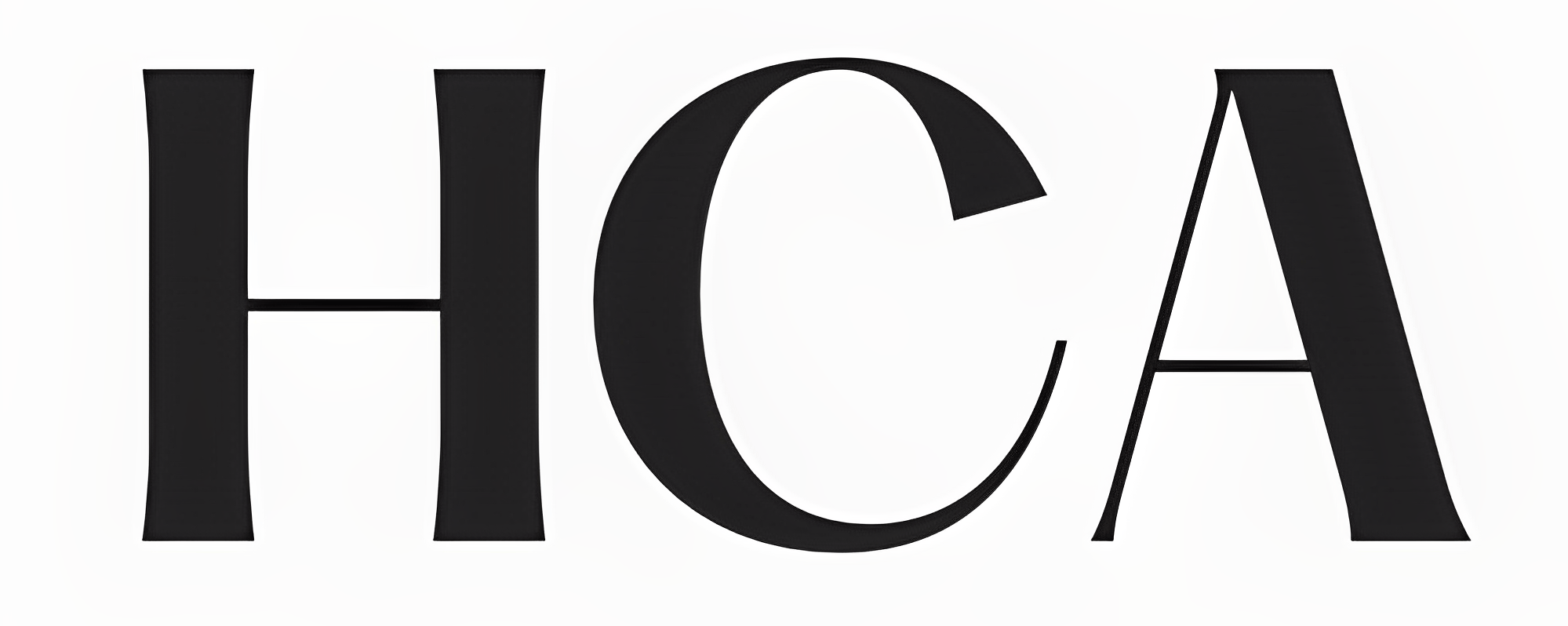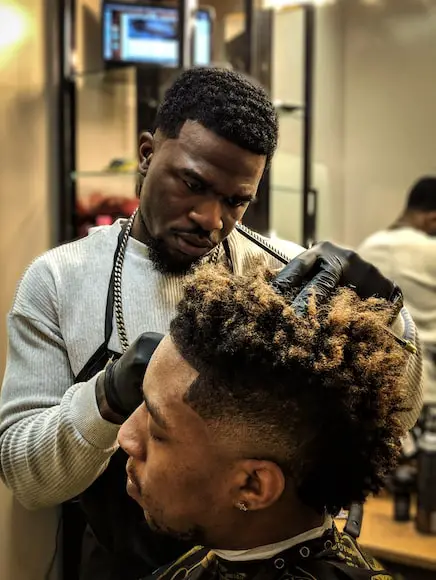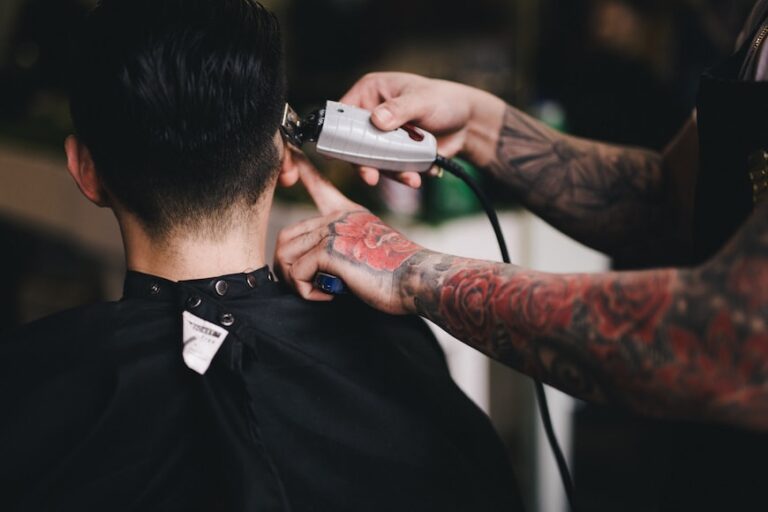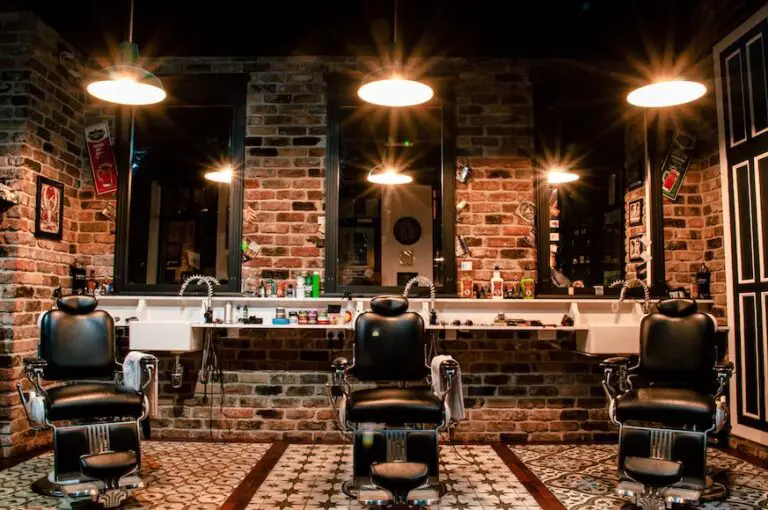Why Do Barber Shops Have The Swirly Thing? (Dark History)

Have you ever wondered why there’s a swirly thing outside barbershops? These swirly things callled Barber Pole.
The red, white, and blue striped pole that spins around and catches your attention. This symbol, it turns out, has a long and fascinating history dating back to the Middle Ages.
So, keep reading.
Why Do Barber Shops Have The Swirly Thing? (Barber Pole History)
Barbers were more than just hair stylists back then.
Minor surgeries, bloodletting, tooth extractions, and other medical procedures were also performed. They were known as barber-surgeons, and they were frequently the only option for people in need of medical attention.
The swirly thing, also known as a barber’s pole, was a symbol of their trade.
The barber’s pole also served as a way to advertise their services.
They would hang the bloody bandages outside their shops, where they would twist in the wind and form a spiral pattern. Later, they replaced the bandages with painted wooden poles that could spin mechanically.
The original pole had a brass wash basin at the top (representing the vessel where the leeches were kept) and bottom (representing the basin where the blood was collected). The pole represents the staff that the patient gripped during the procedure to help blood flow.
The British government passed legislation in 1745 that separated barber-surgeons into two distinct professions: barbers and surgeons.
The barbers were allowed to keep their poles, but the blue stripe had to be removed. The surgeons chose a simple red pole as their symbol.
In America, however, the barber’s pole retained its original colors.
Some attribute this to the patriotic association with the red, white, and blue colors of the American flag. Others claim it was due to the influence of French barber-surgeons who added a blue stripe to their poles to honor King Louis XIV.
Today, the barber’s pole is still a common sight outside barber shops around the world.
Swirly Thing is a reminder of the ancient and honorable tradition of barber-surgery, and a testament to the skill and versatility of barbers throughout history.
Barber Pole Color Meaning (Red,White, Blue)
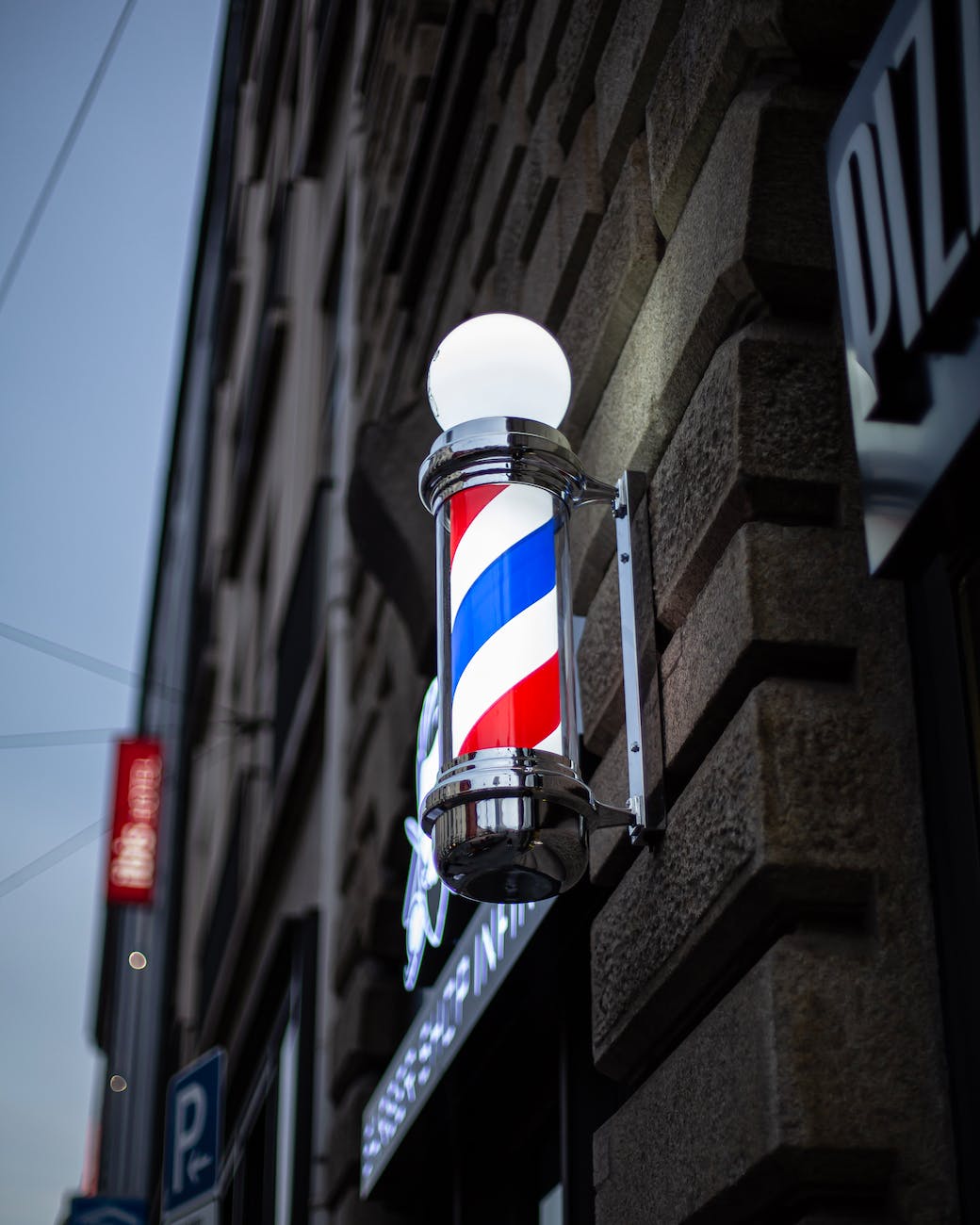
Barber poles are more than just decorative elements; they have historical significance in the barbering industry.
Colors on a barber pole have traditionally had specific meanings:
Red: Blood is represented by the red stripes on a barber pole. Barbers in medieval times not only cut hair but also performed surgical procedures such as bloodletting. This aspect of their practice is represented by the color red.
White: Bandages or towels are represented by the white stripes on a barber pole. Barbers would frequently use white towels or bandages to clean up and dress wounds after performing a procedure.
Blue: Some barber poles have blue stripes that represent veins. This is related to the historical practice of bloodletting, in which barbers believed that by draining a small amount of blood from a patient’s veins, certain medical conditions could be treated.
Conclusion
The barber pole, the spinning swirly thing outside barber shops, has an interesting backstory.
Barbers were once more than just hairdressers; they were also doctors who performed surgeries and bloodletting.
Their sign was the barber pole. It once had red and white stripes to represent blood and bandages.
Some had blue veins because they believed that draining a little blood would help with illnesses.
Barbers and surgeons were once separated by British law, and the poles shifted. Because of patriotism or French influence, the red, white, and blue colors were retained in America.
Today, the barber pole serves as a reminder of this ancient custom.
